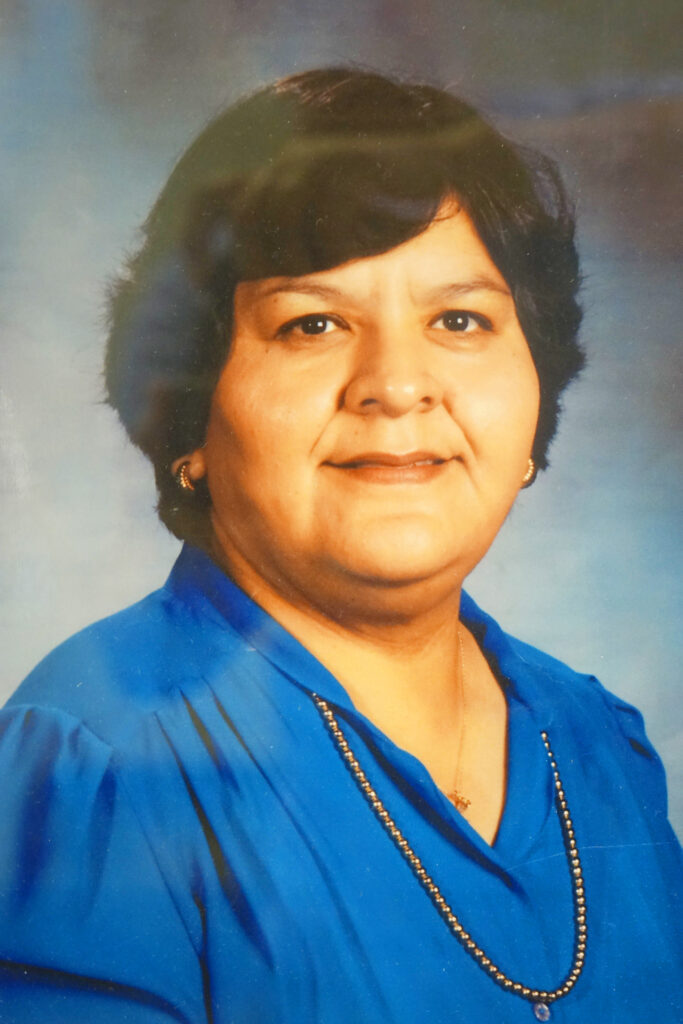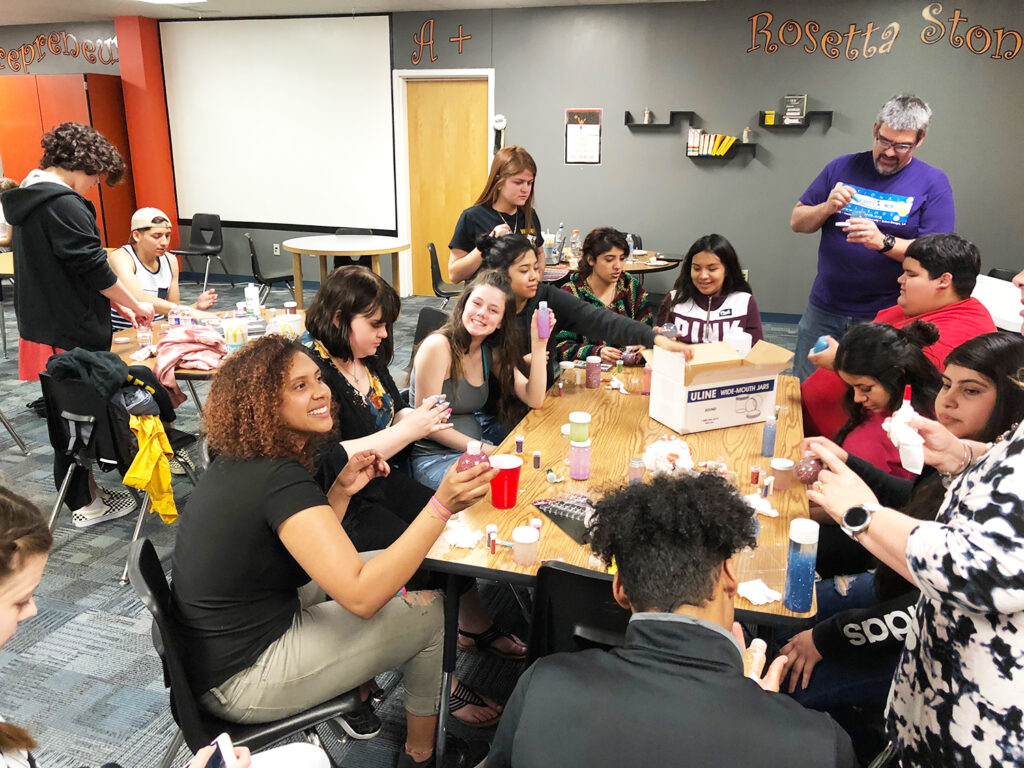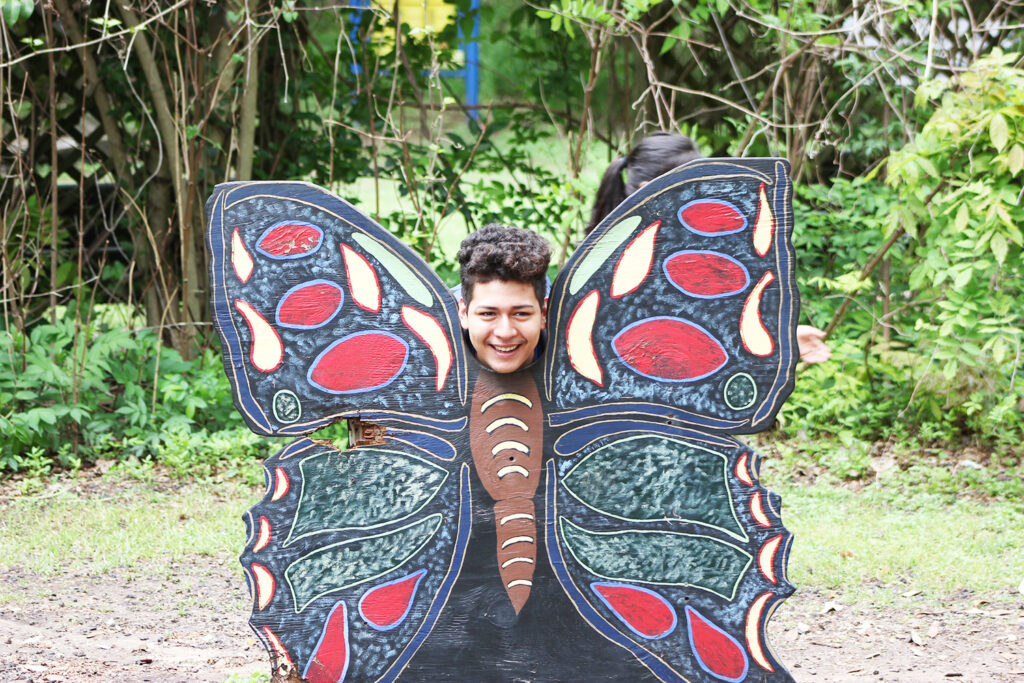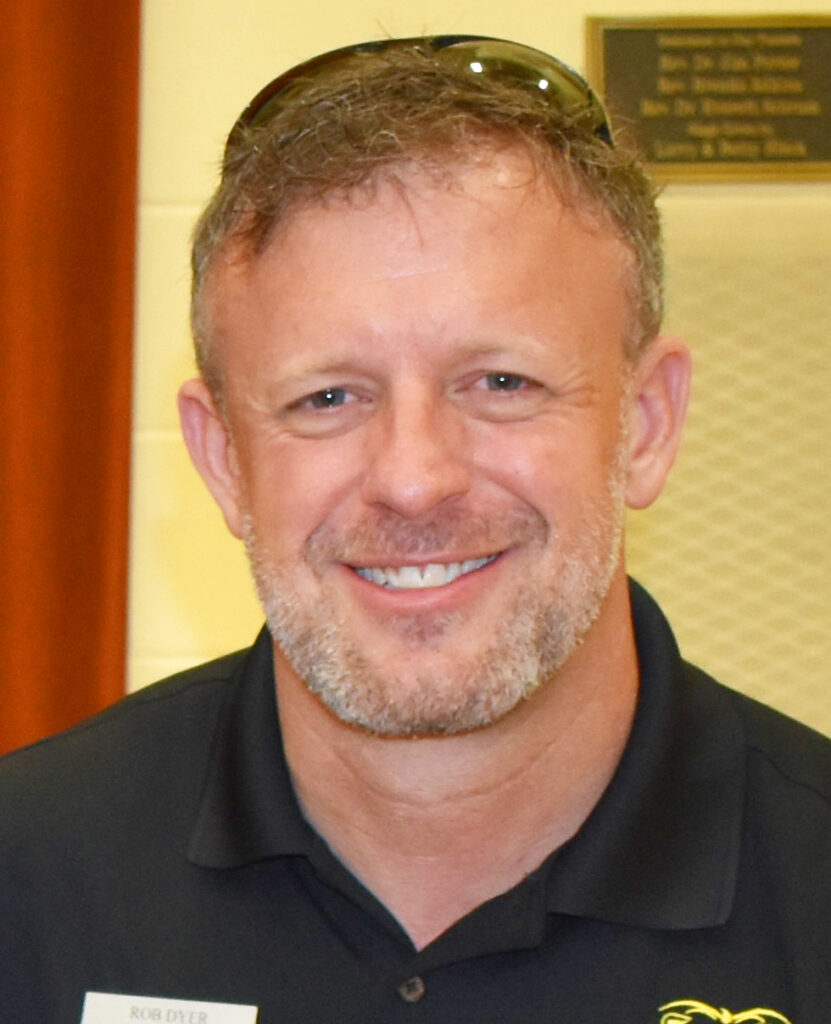Believe it or not, East View is the third high school in GISD. Richarte High School is an alternative educational choice located next door to Georgetown High School.

While “alternative” in education sometimes has an associated negative overtone, Richarte is not a placement program for disruptive students. To the contrary, students with individual or unique needs apply for admittance and work through a process of qualification and interviews to ensure the school can be part of their success—and there is a waiting list. The attraction for and benefit to these students includes flexible schedules and programs to accommodate those who will benefit from smaller class sizes, atypical credit accumulation and self-directed learning.

Richarte opened its doors 27 years ago and is aptly named for Sipriana “Chip” Richarte, who worked tirelessly for students in GISD as an educator and nurse for 11 years. She focused great effort on at-risk students to identify their challenges and needs, then worked to find solutions and resources to help them stay in school. As such, Richarte is an upper level secondary school that provides learning experiences that are as custom and individual as the students who walk through its doors.
The Difference
Principal Rob Dyer (below) says most people in Georgetown are not even aware there is another high school and some who are, may have misconceptions of its purpose and methods. “We are more like a charter school. With small classes, we have the flexibility to provide a custom experience and amplify a student’s talents. We advocate for whatever it takes to make each a success and being non-traditional gives us the freedom to fix whatever may have caused a student to have fallen through the cracks.”
With fewer than 100 students in 10th through 12th grade-equivalent levels, Richarte is able to “case manage” each person’s circumstance and adapt the learning over time.

Students apply for acceptance for various reasons—early graduation, credit recovery from failed classes or missed time, teen parenting, dual college credits, etc. Each is able to graduate with a state-accredited diploma (not a G.E.D.) that is no different from those at any other ISD high school. Not surprisingly, GreatSchools.com shows five-star ratings across the board and glowing reviews from former students and their parents.
The Method
Any student is welcome to apply for admission; preference is given to individuals within the GISD boundaries. Every applicant goes through a selection and interview process during which the staff determines if the school will be the best solution to accommodate the individual’s needs.
Students need to be at least 16 years old and have freshman credits out of the way; attendance and discipline history are considered but the priority is their desire to graduate.

“We are here because we recognize there is no one-size-fits-all in education,” Dyer says. “There are many reasons a student may be at-risk; falling behind, returning dropouts, or socio-economic factors. Some simply need a smaller environment to avoid social or emotional anxiety. But we have the same education and credit requirements as other schools. The difference is we have the flexibility to offer atypical means to achieve them.”
Dyer says case management methodology is a lot of effort, but the community has invested well in the school and the District is committed to providing resources and staff to make it work. As a result, their graduation rate is just about 100 percent. “We don’t constrain anyone to a time table; students graduate any time based on their need.”
Another success benefit is that while Richarte is not a special education program, they have found the small space, just a handful of rooms and self-directed planning is helpful for students who are high functioning, but find the traditional school model does not allow them to thrive. As such, the interview process is a get-to-know-you method to determine if the school can meet specific needs— like enabling focus on learning rather than adapting—and avoid losing more time in the search for the right answer.
In the classroom
Richarte has nine teachers and only as many staff as it takes to keep everyone covered. But, community members are welcome and encouraged to volunteer as mentors or subject matter experts to help with some of those custom experiences.
Custom experiences are achieved through creative scheduling—which is done by hand—smaller classes and paths designed to achieve goals in specific circumstances.
For instance, if a student completes the requirements for a year-long geometry course in one semester, he or she can take the grade and move on to Algebra II in the second semester. Or a semester elective course may be completed in one nine-week period. The work is complete, the grade is earned, and the student can move on to new topics and more credits.
“I love that we are able to be innovative with our solutions.” Dyer adds with emphasis, “In a perfect world, I think our education system would be flipped upside-down. Imagine the benefits if we had huge elementary schools where children learn the basics, have high-school volumes of resources to explore their likes and special abilities, then have small high schools where we can really guide them, one-on-one, for the reality of transitioning to adulthood.”
But wait, there’s more…
While there are no football games or wrestling matches, Richarte has a prom every year, and a graduation ceremony with a valedictorian and salutatorian.
Electives are real world and business minded; e.g., photojournalism, sociology, money matters, yoga, and special instruction on things like how to change a tire. There is even a “School of Rock” style music program that not only teaches music, but prepares students for careers as performers.

Graduating classes generally earn $30-40,000 in scholarships, and all students have the option to connect with JR-ROTC and similar programs at other schools. They also have found tremendous support from and success with the Kiwanis and in-school Key Club service projects. “They do so much for us, and I love that our students choose service as an extracurricular activity. We see great success from kids who felt like they were the square pegs and the individual attention they get here lets them know they can do great things.”
But don’t be fooled; this “customized” school is actually harder than traditional programs because the model allows for accelerated learning and independent study. Dyer assures his students do better because they have made the choice to be there. “They are predisposed to be responsible and self-motivated. We are not holding their hands; just giving them the tools to be successful on their own.”

Principal Rob Dyer has been at Richarte since 2017. Prior to that, he taught myriad subjects at every level and was an elementary and middle school principal over a 15-year career. His enthusiasm for his mission is as apparent as it is contagious, and his philosophies on learning are maybe even a bit ahead of our time. He says many in the community encouraged him to take the job, and he knew it was the right place for him when he went to his first graduation ceremony. “I was at a point in my career where I wanted to focus on people who needed me the most. You sometimes hear about some impact you had on a student, but I knew I could really make a difference in an environment of innovation, and I could be the right thing at the right time in a kid’s life.”
The Environment
Richarte has a definite “adult” feel to it. Most students are career-focused and eager to get that diploma to move on to the next step.
In light of those goals, students are able to schedule classes around lifestyle needs as well. There are three class sessions (morning, afternoon and evening) to allow them to work part- or full-time jobs and still attend school consistently. As they complete their studies, they can narrow their focus and become part-time students.
The Future
Dyer says he is hopeful future school bonds will allow the District to build a career center and perhaps even new facilities. “We want to provide this unique program to more kids, but at the same time, we never want to lose the ‘vibe’ and the family-like experience. I think we will know when we reach the tipping point; growing too big to the point that we’d need a second school just to keep things small.”
Visit GeorgetownISD.org for more information or to fill out an application.
